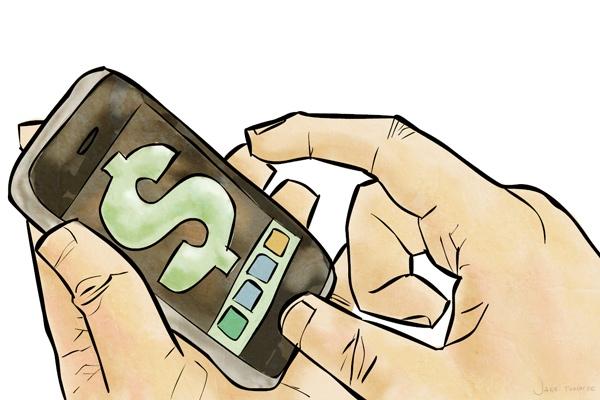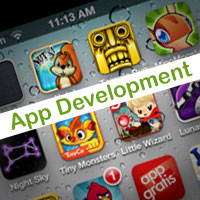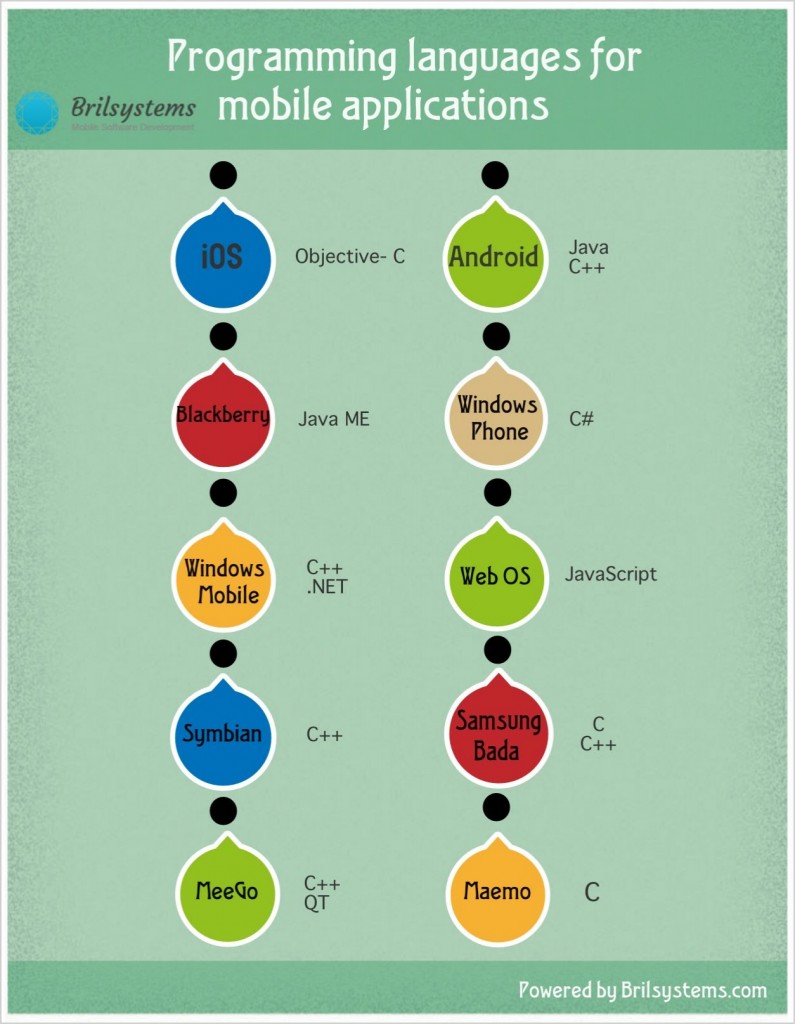Highlights of Contents
A Burgeoning Industry
The first smartphone was made in 1992, a year after the advent of the World Wide Web itself. Over twenty years later, experts are predicting that they will soon surpass the more traditional desktop PC as the most common way to surf the Web.They are certainly convenient, being small enough to fit in the pocket and take out for “on the go” usage. The development of the mobile phone has been paralleled by the birth of apps that can be used for almost any conceivable purpose — making a shopping list, scanning QR codes in stores, tracking weight loss, playing games, checking the weather, finding the information needed while traveling, playing games and teaching young children. The programming of mobile apps is, therefore, an ever-expanding business, and this article will be about the programming process.
Which Programming Language should I Choose?
Like all forms of programming, that of mobile apps requires the use of a computer language. The particular language that you choose — and in some cases even the “dialect” of that language — depends first of all on the operating system of the phones for which the apps are being designed.
Below is a list of some languages that can be used, with the OS on which they work.
- C — Objective, Samsung Bada, Maemo
- C++ — Android, Windows Mobile, Symbian, Samsung Bada, MeeGo
- C# — Windows Phone
- Java — Android
- Java ME — BlackBerry
- JavaScript — Web OS
- .NET — Windows Mobile
- QT — MeeGo
Other useful languages for mobile app programming include Adobe Flash Lite, Objective C, Python and the Xcode development language used exclusively by Apple. If you wish to create apps for mobile phones, then you should learn one or more of these languages, or else hire somebody who is proficient in them. Many language programmers work as freelancers; you can find such people on Guru or some other such website.
On the other hand, if you are willing to invest the time in learning programming languages yourself, you can either use an online tutorial or join one of those developer programs, to whose resources you then gain access.
Beginning the Programming Process: Registration
The mobile app programming process begins with registration with at least one app store, which involves the payment of a fee. When you do so, you gain access to the tools you need for development and can market and advertise your creation.
The Next Steps: Construction and Testing
Once the registration part has been taken care of, your next step is to construct your first app and test it to see if it does what you intended it to do. All the paid resources that you can get, you should use.
How Much will People Pay?

The next thing you want to do is decide on your pricing structure. Some apps can always be downloaded for free, others must be paid for and still others are available for a free trial, after which the customer must pay in order to use the app any further. Some have more than one version, and the more you can do with the app in each ascending version, the more it costs. Most cost from $1 to $10, and the app store will usually collect a portion of the price you charge.
Making out a Mobile Application Form
Before you can market your creation at an app store, you need to fill out and submit a mobile application form with that store. The form should give the following information:your name
- Your address and contact information
- Your website, if any
- The name of your app
- What type of app it is
- What segment of the population it is meant for
- How it is supposed to perform its function
Programming and marketing mobile apps is a thriving part of the business sector in which you might be able to make large sums of money.


As opposed to generating magnets coming from documents they have accumulated youngsters will make these people coming from things such as candy wrappers. Fill up your unfilled wrapper along with toilet tissues, sponges or even folded document. Go exterior wrappers rear about and also adhere your magnet bit to the butt. If the wrapper is a which needs to be divided open split this carefully. Following your candy, fill up your wrapper using the filling, then glue your wrapper rear about. These kind of magnets can be made coming from modest packing containers invosalomon mening candy, nicotine gum wrappers, perfect canisters and other things. A little magnet sq . for the rear ‘s all it takes to carry the theifs to your fridge or any other material places.
[url=http://www.okfreeshipping.com/shop-online-for-new-balance-mrt580cd-unisex-classic-running-shoes-clearance.html]New Balance 580 Shoes[/url]